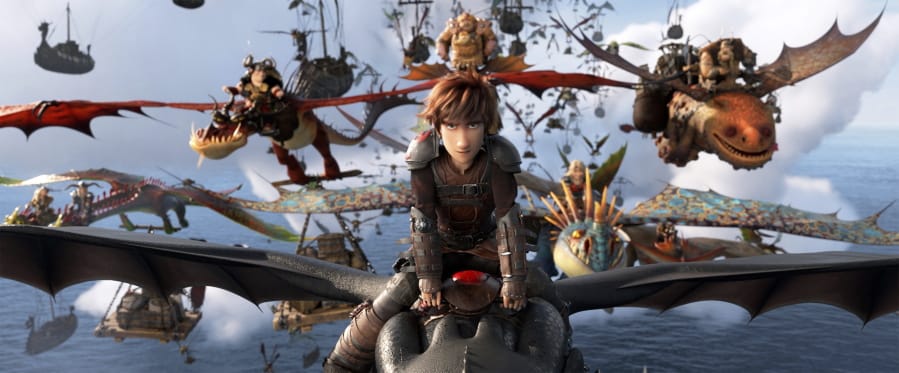Every year, the animated-feature Oscar race seems squares off as David vs. Goliath showdowns (not “Davey and Goliath”). Megabudget Hollywood behemoths compete — and usually win — against little-known foreign films or quirky, idiosyncratic fare — think last year’s “Incredibles 2” and “Ralph Breaks the Internet” up against “Mirai” or 2017’s “Coco” and “Boss Baby” against “The Breadwinner” and “Loving Vincent.”
Sure enough, this year’s field lines up three big-budget studio offerings (“How to Train Your Dragon: The Hidden World,” “Missing Link,” “Toy Story 4,” which alone brought in $1.1 billion in grosses) against two relatively little guys (“I Lost My Body,” “Klaus” — about $1.1 million each in grosses) whose budgets together are less than $50 million. Not bad for a 2D Santa Claus origin story by an upstart studio in Spain and a bizarre little French tale of a disembodied hand worriedly crawling around Paris.
Though it’s hard to think of anything associated with Netflix as “little.”
Being picked up by, or in the case of “Klaus,” being made by, the streaming giant makes a film available to 158.3 million subscriptions worldwide. Using Netflix’s estimate of 2.5 viewers per subscription, that’s in the neighborhood of 400 million pairs of eyeballs. If movie tickets now average just over $9 each, the $5.3-million “I Lost My Body” can be seen right now by the equivalent of $3.6 billion in ticket buyers. Take that, Woody and Co.
“I Lost My Body” producer Marc du Pontavice said, “The film had to fight against all the odds to exist in that pretty much no one believed in that concept, that story. The studio, Xilam, had to self-fund it pretty much. The great news is that when we had the finished movie and we saw the reactions of distributors and other (industry) players — what we understood is that Netflix was bringing something the others couldn’t, which is wide exposure, wide distribution, an enormous marketing capacity that the traditional theatrical distribution system wouldn’t provide for a film like this.



